Marlene Wagman-Geller: Sample Chapters and Blogs
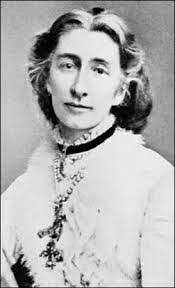
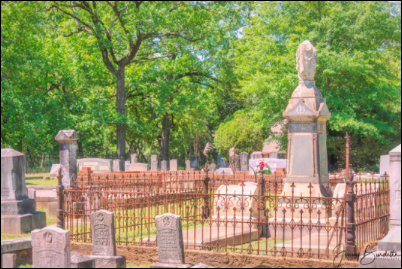
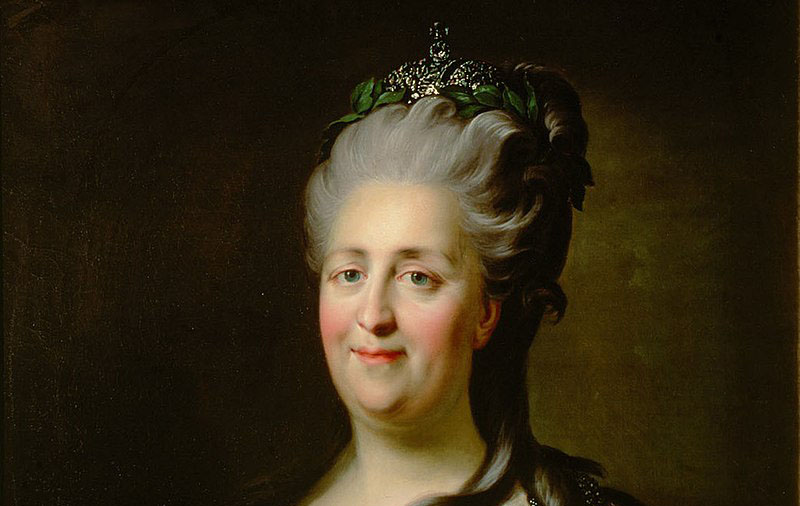
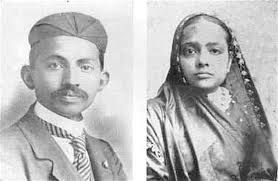
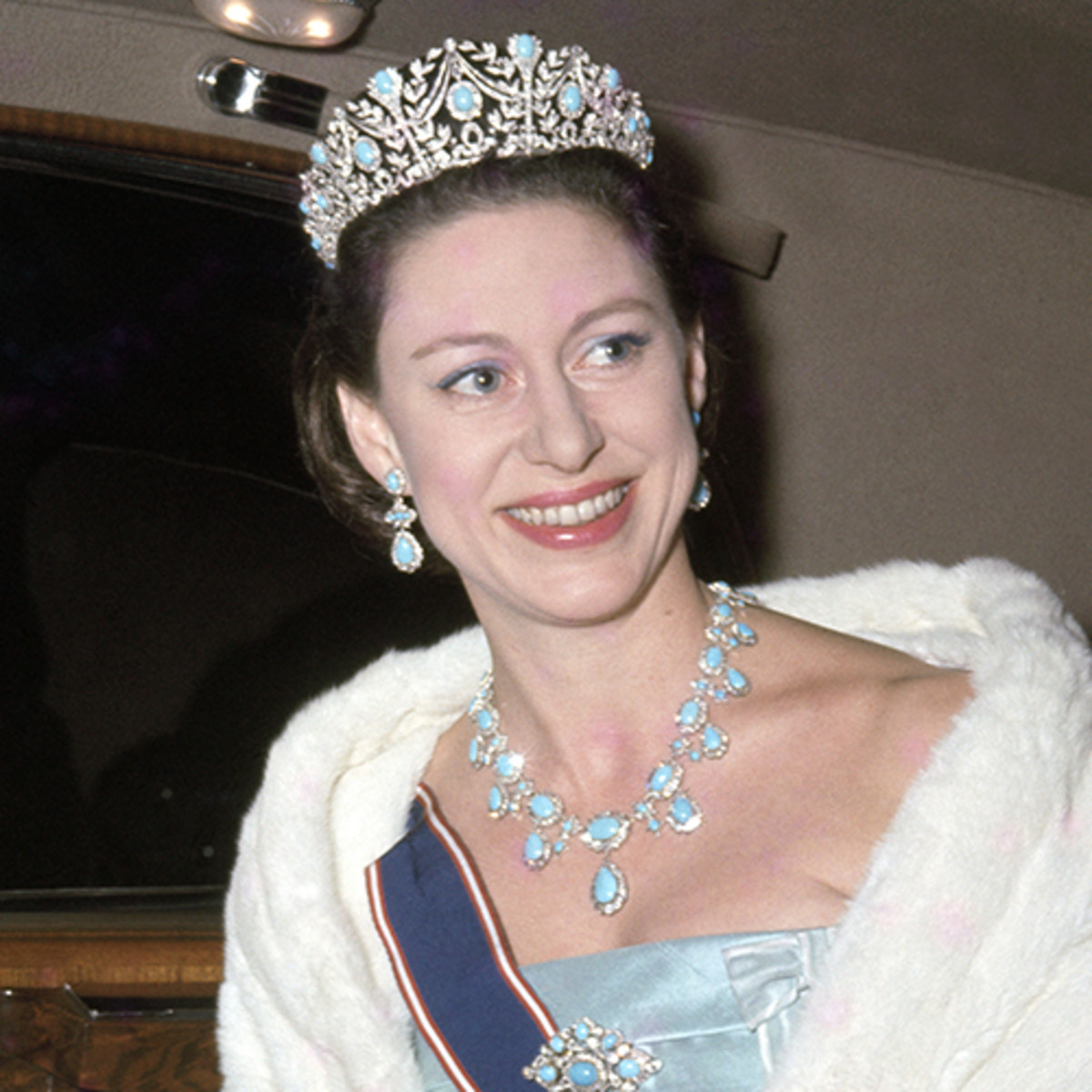
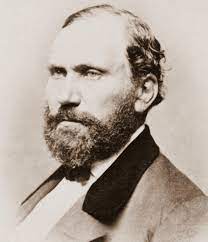
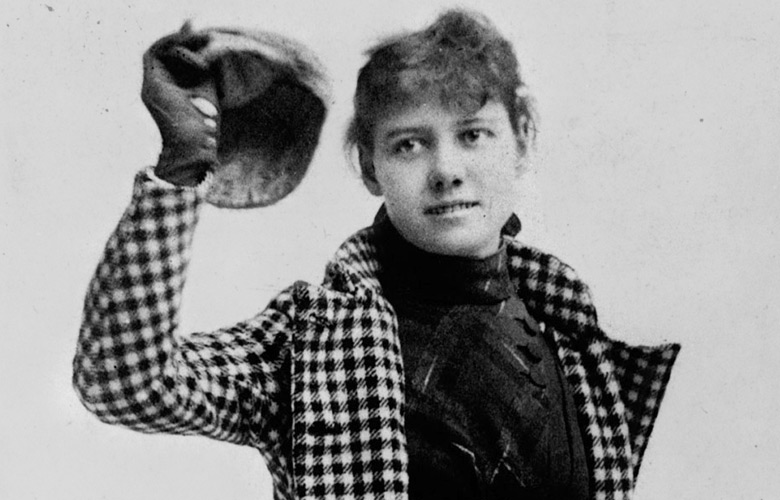
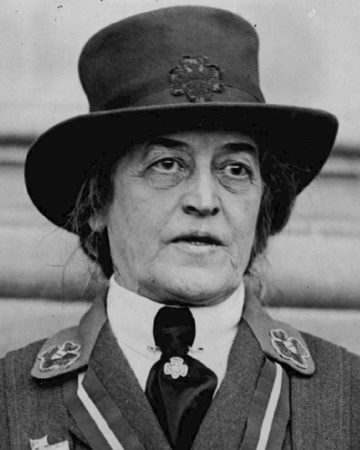
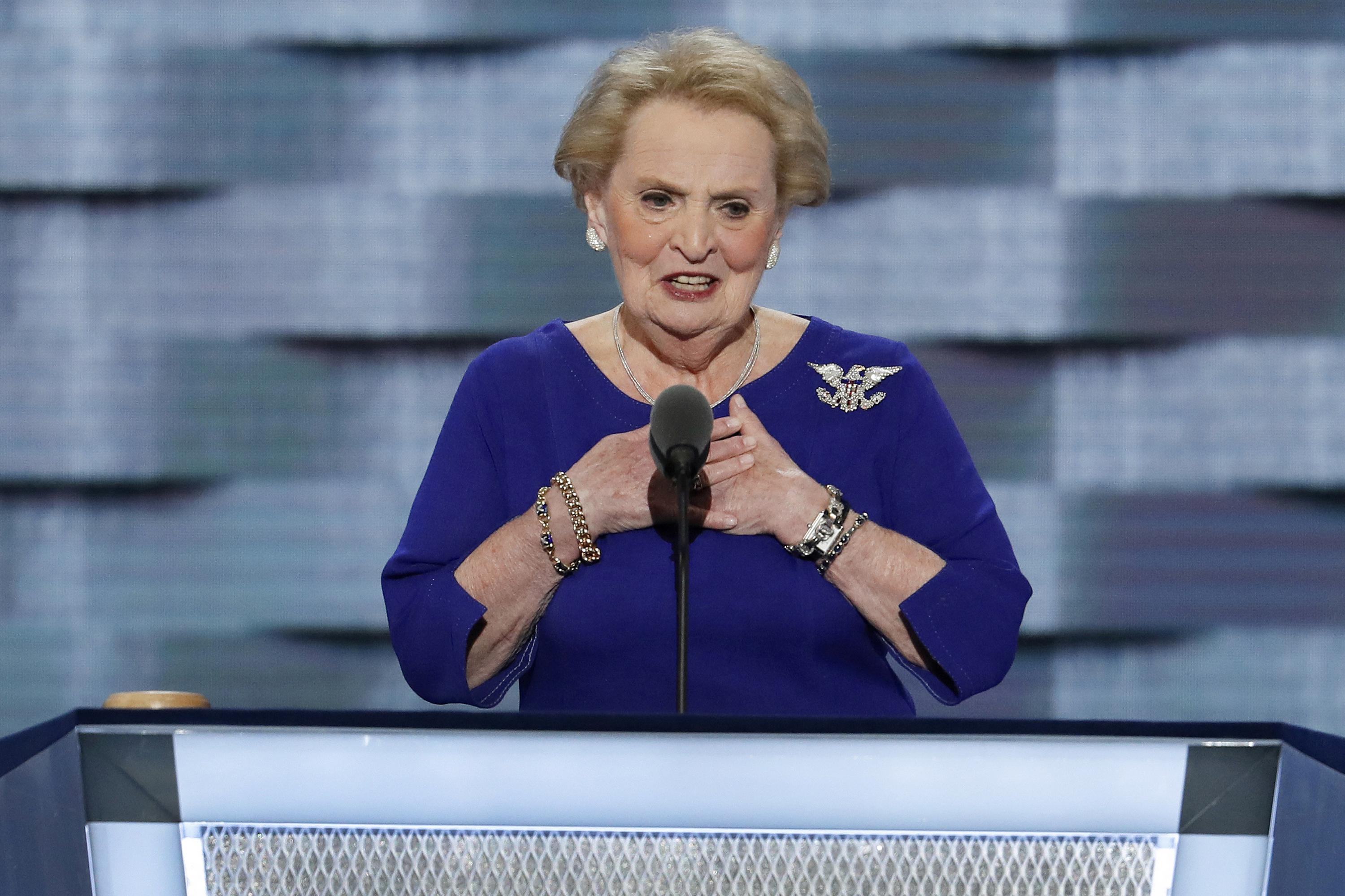
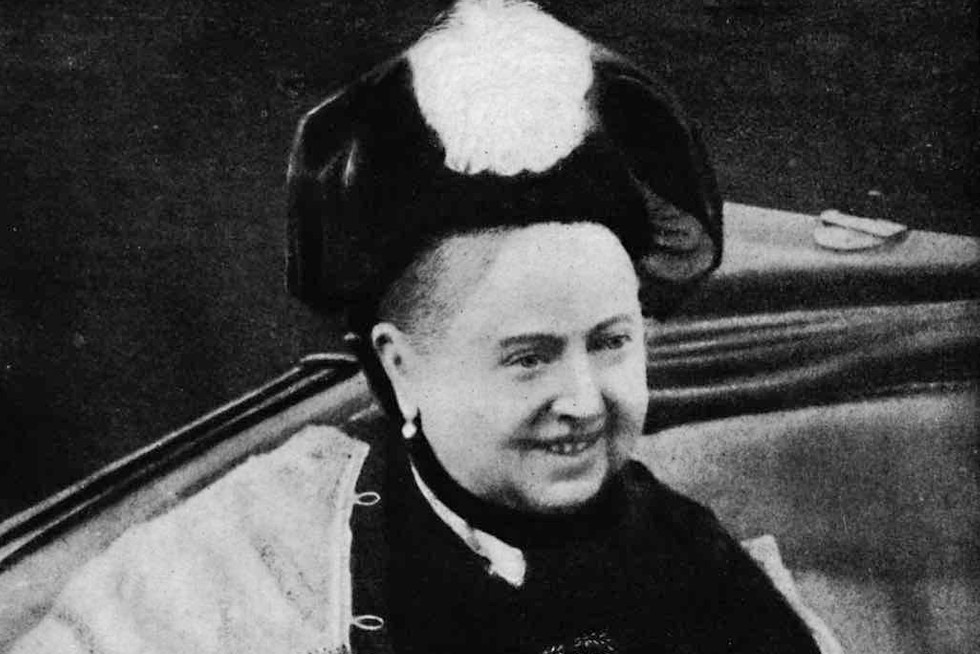


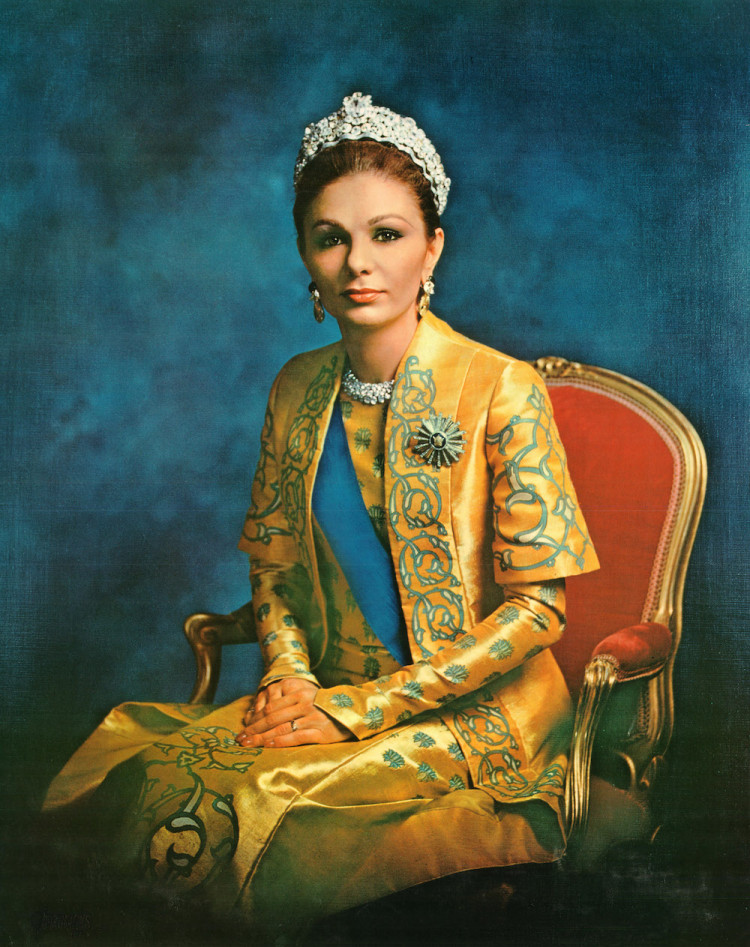
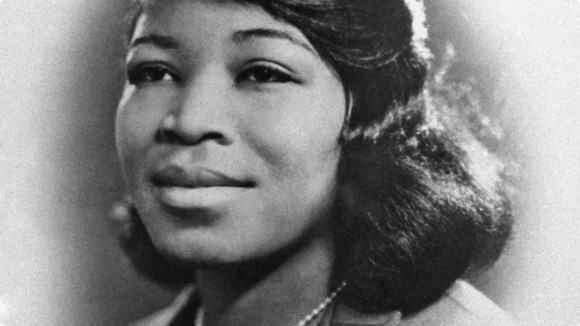
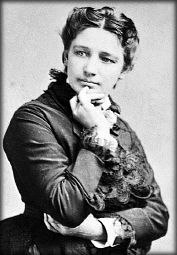

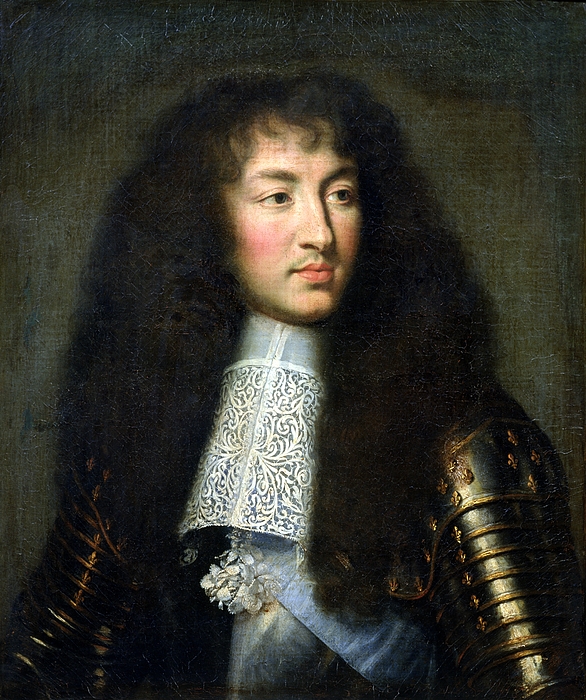
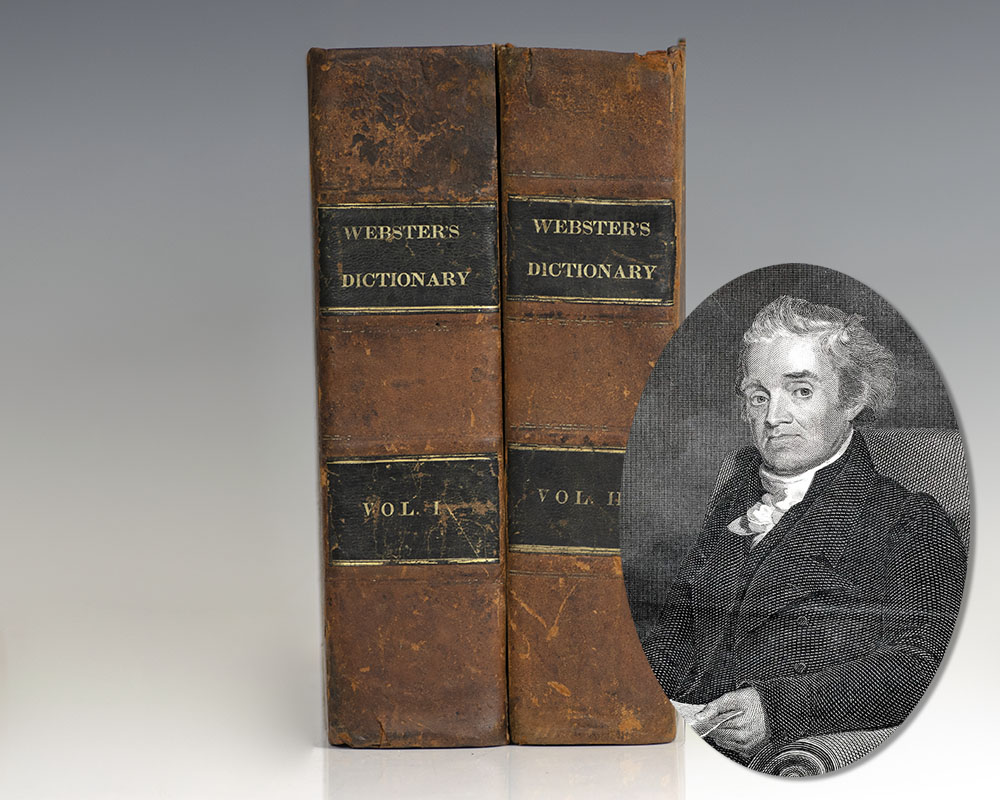
.jpeg)
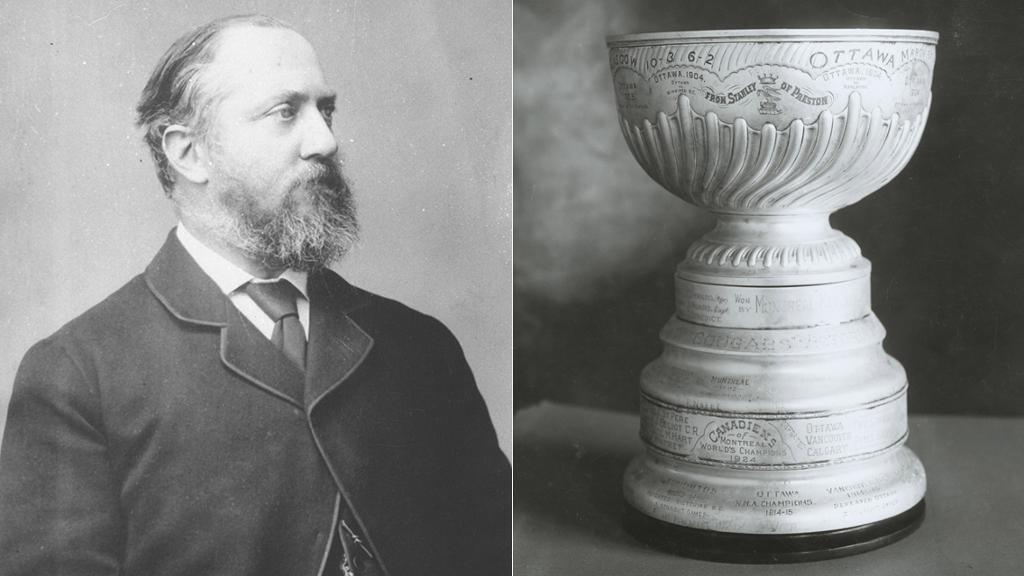
The Flying Dutchman (

Feb 13, 2023 by Marlene Wagman-Geller
Behind a great man-Franz Liszt- was his daughter Cosima, who was also behind another great man, Richard Wagner, as his wife. This triumvirate was united by music and by lives so melodramatic they could have sprung from a Wagnerian opera.
No One Who is Remembered Is Ever Truly Gone

Feb 12, 2023 by Marlene Wagman-Geller
Let’s remember that epitaphs are a way of saying that no one who is remembered is ever truly gone.
Semiramis of the North

Feb 08, 2023 by Marlene Wagman-Geller
Individuals trapped in an unhappy reality, in a bid at reinvention, long for a tabula rasa, “a clean slate.” While many attempt escape from a life where there seems to be no exit, few fared as well as the woman whose metamorphosis made her a world-renowned empress.
BA (1869)

Jan 29, 2023 by Marlene Wagman-Geller
In the 1990s a photograph appeared in a newspaper; in the top corner was a rainbow-striped apple with the slogan ‘Think Different.’ The lone image was of a follicle-challenged, emaciated man wearing a loin-cloth and oversized spectacles. But his small frame belied his huge achievement: A half century beforehand, Gandhi, known as Bapu, (“father”) had freed his nation from the yoke of the Raj. However, obscured by the giant shadow of the diminutive leader was Ba, mother of India.
Second Best (1930)

Jan 28, 2023 by Marlene Wagman-Geller
The system of primogeniture, a royal rule that dictates power is transmitted from firstborn to the next firstborn, leaves younger siblings hanging. Monarchy is a one-person job, and thus the heir wields the scepter while “the spare” is left with less of a spot in the limelight. Birth order is what drove Scar to turn on Simba, what shaped the life of a woman from the House of Windsor.
We Never Sleep (1850)

Jan 25, 2023 by Marlene Wagman-Geller
Despite Pinkerton’s association with a traditional female color, the detective agency started with mustachioed men. The business derived its name from founder Allan Pinkerton.
Girdled the Globe (1864)

Jan 25, 2023 by Marlene Wagman-Geller
Some women can fit into one of the following categories: world traveler, fourteen siblings, married a millionaire, spent time in a madhouse, owned a pet monkey. However, in all likelihood, only the nineteenth century version of Brenda Starr dipped her toes in all of these waters.
Now Abideth Faith, Hope and Love (1912)

Jan 24, 2023 by Marlene Wagman-Geller
When a Southern woman was none too happy with the way her life’s cookie had crumbled, rather than throwing a pity party, she adapted a British institution and made it into an iconic American one. She helped level the gender playing field and allowed girls- rather than wear their hearts on their sleeves- to instead display their merits.
That Special Place (1997)

Jan 23, 2023 by Marlene Wagman-Geller
President John Adams outlined the requisite qualities for a Secretary of State, “He ought to be a Man of universal Reading in Laws, Governments, History.” Madeleine Albright fulfilled these requirements-except for the words “he ought to be a man” as America’s first female Secretary of State.
We Two (1819)

Jan 21, 2023 by Marlene Wagman-Geller
A British woman, watching Sarah Bernhardt’s performance in Antony and Cleopatra, stated, “How different, how very different, from the home life of our own dear Queen.” The comment attested to the high approval rating of Queen Victoria and to the belief she led a life of propriety. In truth, her biography makes contemporary soap opera stars seem staid.
Resistance to Tyranny (2016)

Jan 20, 2023 by Marlene Wagman-Geller
Edmund Burke wrote, “The only thing necessary for the triumph of evil is for good men to do nothing.” A woman in Hawaii was unwilling to be one of the proverbial monkeys- hearing, seeing, and speaking no evil was not enough. Her effort set off an earthquake that reverberated worldwide.
To Infinity (1995)

Jan 20, 2023 by Marlene Wagman-Geller
Chapter 120: To Infinity (1995)
Only one person in history can lay claim to an association with the moon landing and a hit movie. The man behind this duo distinction: Colonel Edwin Eugene (Buzz) Aldrin Jr.
The Wounding Thorns (1938)

Jan 15, 2023 by Marlene Wagman-Geller
Sultan Shahriya, angered after his wife dabbled in adultery, ordered her execution. To avoid further humiliation, every night he married a virgin who he beheaded the next morning. Scheherazade, one of his hapless brides, devised a plan to escape her predecessors’ fate. During pillow talk, she spun such fantastic tales the king delayed her death. After 1,001 nights, the Sultan fell in love, and Scheherazade lived out her natural life span. The ancient Persian tale had real-life implications for a modern-day Shahbanou.
What's in a Name? (1956

Jan 11, 2023 by Marlene Wagman-Geller
Initially because of delicious food a woman embarked on a drama filled path that rivaled an ancient Greek tragedy. Although it involved unimaginable heartache, she later remarked of her marriage to Malcolm X, “It was hectic, beautiful and unforgettable-the greatest thing in my life.”
Victoria's Secret (1872)

Jan 06, 2023 by Marlene Wagman-Geller
Now and again, as ladies bowl over the remaining barricades, there emerges the specter that one day there may be a triumphant outcome for a female aspiring to the Oval Office. Victoria Woodhull made a prescient statement when she became the first female candidate to run for president and proclaimed, “What may appear absurd today will assume a serious aspect tomorrow.”
Black Magic (1987)

Jan 03, 2023 by Marlene Wagman-Geller
In 1973, the Doobie Brothers crooned, “I wanna get lost in your rock’ n’ roll and drift away.” Thirteen years later the lyrics, rather than a paean to romantic fulfillment, alluded to women who had to drift away from their dream of becoming the Founding Mothers of Cleveland’s newly instituted Rock and Roll Hall of Fame. The gender gap reared its head when the music emporium listed its first ten inductees: Buddy Holly, Chuck Berry, Elvis Presley, Fats Domino, James Brown, Jerry Lee Lewis, Little Richard, Ray Charles, Sam Cooke, and the Everly Brothers. Apparently, the museum did not abide by First Lady Abigail Adam’s admonition, “Remember the ladies.” The decision did not sit well with those consecrated to the Women’s Liberation Movement. Had society not read Germaine Greer’s The Female Eunuch, perused Gloria Steinem’s Ms. Magazine, listened to Helen Reddy’s “I am Woman”? Perhaps their struggle finally bore fruit: in 1988, Aretha Louise Franklin received her R-E-S-P-E-C-T when she became the first female inductee in the Rock & Roll Hall of Fame.
The Sun King (1803)

Dec 26, 2022 by Marlene Wagman-Geller
Louisiana creates a spicy Bouillabaisse of Mardi Gras and jazz, of Creole and Cajun, of Baton Rouge and the French quarter. The Old-World flavor is stamped on the New World as Louisiana was once the domain of King Louis XIV.
Bye Felicia (1847)

Dec 23, 2022 by Marlene Wagman-Geller
Chapter 58: Bye Felicia (1847)
Although one of the world’s best-known books, no one has read it from cover to cover; it is the only place where success comes before work; its ending is predictable. The man whose name graces the American dictionary: Noah Webster.
Prince Charming (1931)
.jpeg)
Dec 20, 2022 by Marlene Wagman-Geller
In the German Grimm Brothers’ Sleeping Beauty, Aurora pricks her finger on a spindle and falls into an enchanted slumber until aroused by the kiss of the handsome prince. In the twentieth-century American version, Sleeping Beauty did not awaken and may have been sent into an eternal sleep by the hand of her own dark prince.
He Scores!(1893)

Dec 18, 2022 by Marlene Wagman-Geller
Hockey players covet their sport’s Stanley Cup, North America’s oldest and most colorful trophy. While fans keep their eyes on the prize, many draw a blank when it comes to its originator: Frederick Arthur Stanley, (Lord Stanley of Preston.)


